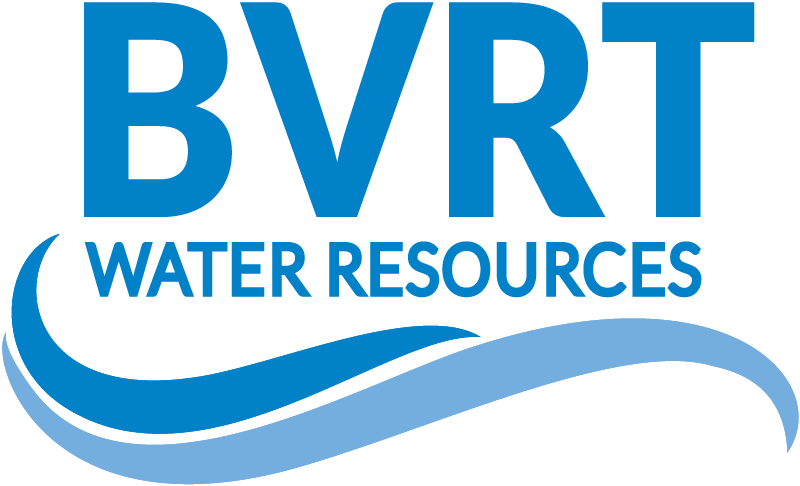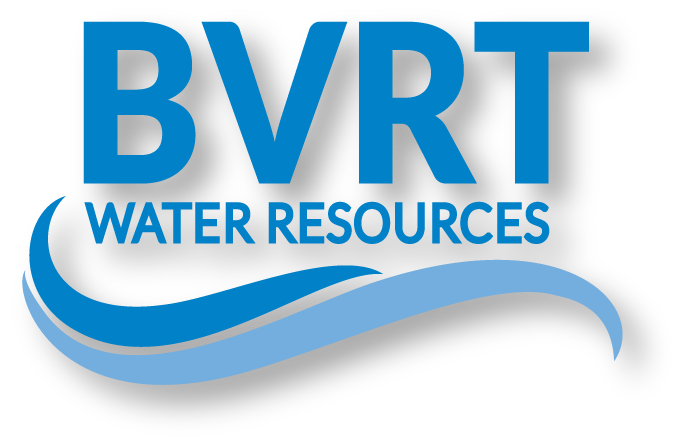New Water Treatment Facility Meets Water Quality Goals With Lower Costs
Arkansas City, Kan., population 12,000, had been looking to update its 1950s-era facility, with its century-old clearwell, for more than a decade. The city commission decided to pursue a design-bid-build process to construct a new city water treatment facility at a new location. The consulting engineers worked closely with the city’s public works department to design technology solutions that would save costs. The team eliminated the original plan for deep-well reverse osmosis (RO) wastewater injection; separated bid packages for the treatment plant, the new clearwell, and the waste disposal line; and reclassified the city’s source water after confirming the well fields weren’t under the direct influence of surface water. This last action saved nearly $1.5 million on project costs and enabled the switch from microfiltration to greensand filters. Greensand filtration was chosen for its ability to remove iron and manganese, and RO membranes were selected for their efficiency in removing hardness, chlorides, total dissolved solids (all measured at high levels in the well water), and other contaminants. Working with the Kansas Department of Health and Environment allowed the project’s consulting engineers to meet water quality needs and access a State Revolving Fund loan to pursue other infrastructure improvements. Continued use of the alluvial Arkansas River well field was determined to be the city’s most reliable and cost-effective water source.
PROJECT SPECIFICS
Project Name: Arkansas City Water Treatment Facility
Operator: Arkansas City, Kan., Public Works Department
Completion Date: February 2018
Water Source: Well water within the Arkansas River alluvium
Technology: Greensand filtration and RO membranes
Project Cost: $22 million
Service: 5.4 mgd, expandable to 6.3 mgd
Special Features: Below-grade raw water charge tank, vertical turbine raw water booster pumps, greensand filtration, cartridge filters, RO high-pressure pumps, RO treatment with bypass blending, 1.5 mil-gal clearwell, and horizontal-centrifugal high-service pumping
2018 © American Water Works Association
————————————————————–
Original article from American Water Works Association Opflow April 2018 issue


